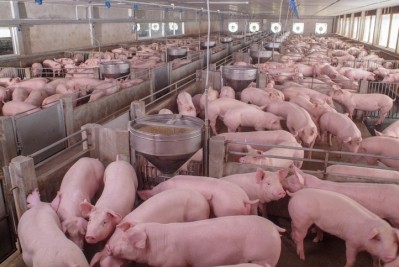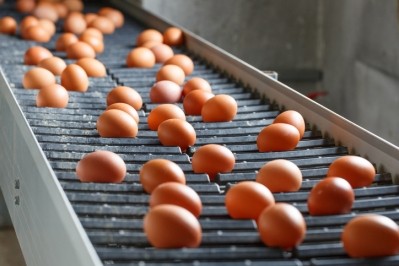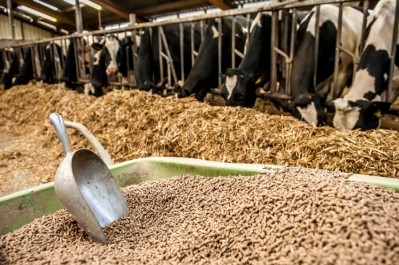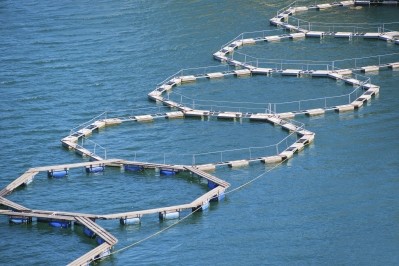US: Time for feed to switch to organic … trace minerals?
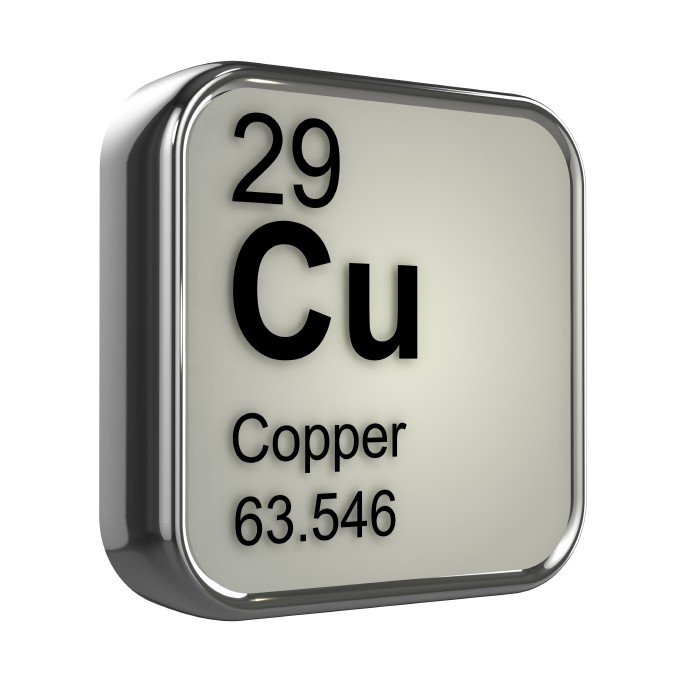
Increasingly countries are starting to regulate amounts of trace minerals that can be used in feed, said Steve Elliott, Alltech’s global director of the equine and mineral divisions, at One: Alltech’s Ideas Conference.
“Japan passed legislation on zinc and copper [after finding contamination] mostly from pigs, a little from poultry, and Korea has passed it on zinc and copper as well,” he told FeedNavigator. “I think most governments around the world are going to limit how much we can feed animals just because the way we’re currently doing it is unjustified and it’s polluting the environment.”
Additionally, Europe has already restricted uses of several mineral including zinc, copper, manganese and selenium, and parts of the US have addressed levels of nitrogen and phosphorus, he said. Looking forward, more limits to uses are expected as current methods aren’t sustainable.
Cost constraints
Low cost has been one of the driving factors behind the popularity of inorganic mineral use in feed, said Elliott. And although the price remains a difference between the two types of trace elements, it has been a winnowing gap, he said.
Smaller amounts of organic minerals can be used to generate the same effects, he said.
“After we started really looking at the science, there’s no justification for inorganics, other than their low cost,” he said. “Organics cost more, but if we can feed them at lower levels than cost isn’t so much of an issue.”
However, in terms of defining the amounts needed in livestock diets, trace minerals have not been studied as much as proteins, said Elliott.
In formulating a diet, if animals did not perform as expected more trace minerals could be added with little expense, he said. But that practice resulted in “ridiculous levels” of inorganic supplementation.
“When you asked genetic companies why your animals need 120 parts per million zinc, they have no answer,” he said. “They say that they grow faster, that they’re more efficient so they probably need more but that’s not how science should be done.
Instead, his group has focused on identifying what is actually needed in cattle, poultry and swine diets in terms of trace mineral supplementation, similar to the work that has been completed with energy, protein and amino acid levels, he said. “We have a team that’s been focused on that trying to narrow down exactly."
“You can feed only organics, you can feed them in significantly lower [amounts], and in some cases its less expensive,” said Elliott. “It’s almost how low do you dare to go?”
The group has already published several trials documenting their research with mineral levels in poultry and swine, he said.
Animal health and reproduction
In addition to studying the replacement of inorganic minerals, the group has been examining what the swap to organic means for animal health and reproductive abilities, said Elliott.
“Selenium is mentioned in almost everything related to fertility both in males and females, so we started focusing on fertility,” he said. “But when we started to look at other trace minerals, they also play a role in reproductive efficiency. We’ve [also] focused on immunity and health rather than just looking at performance.”
Improvements in animal reproduction also may help make up the cost for producers, he said. And replacing the inorganic material can improve utilization of other parts of the diet.
“Taking away the inorganics allows other elements of the diets to perform better like enzymes, vitamin stability, and antioxidants,” he said. “All of those other diet components have been shown to have negative interactions with inorganic trace minerals, so by eliminating those from diets, we’re seeing better responses.”
